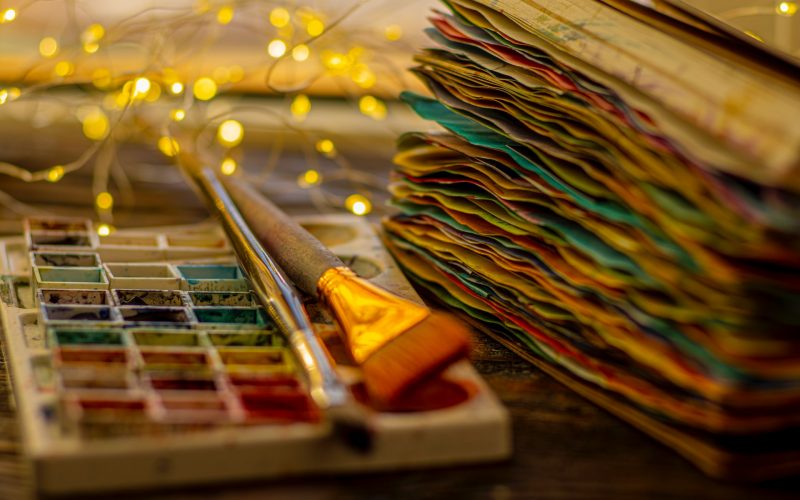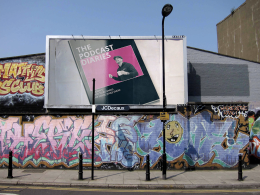Watercolour dates back to the prehistoric ages when humans would use natural pigments from ochre, charcoal and more to paint cave walls.
Throughout history, we continued to see the use of watercolours in Ancient Egyptian culture where humans would paint onto papyrus.
Within Traditional Chinese culture, dating back to 4000 BC, painting with watercolours was developed as a decorative medium.
Then, by the first century AD, we saw the rise of watercolour used to paint religious murals.
It grew into an established art form in Asia by the fourth century AD.
“Watercolours is the first and last thing an artist does,” said artist Willem de Kooning, illustrating just how transcendent watercolour has been as an art form over time.
It is one of the most difficult, but rewarding, mediums that has been accessible to both amateur and professional painters alike.
That being said, watercolours have many drawbacks – mainly centred around their longevity.
Some of the greatest works of art from our history are watercolours, from the likes of Vincent van Gogh, Albrecht Dürer, and even more recent artists such as Edward Hopper and Georgia O’Keeffe.
The detail of these pieces is astounding, but many of them are kept under lock and key for their own protection.
Unlike other works of art, watercolours are often required to be kept in specific lighting conditions while on display, and can only be displayed there for limited periods of time.
Whether they are part of private collections, or curated within a museum or gallery, many of the world’s greatest watercolour paintings are kept secure away from damaging heat, light, and humidity.
Some of the most historical watercolour paintings have been removed completely from the public eye, with the likes of German Renaissance artist Albrecht Dürer’s works only made available to view for a short period of time, usually many years apart.
This collection of works is just one of many watercolour paintings that are fragile, and risk losing their original beauty.
Curators globally work tirelessly to preserve and protect watercolours to the best of their ability with the resources available, but it is no secret that they are fighting a losing battle.
The fragility and poor light fastness of watercolour paintings is what has led charities such as Watercolour World to make it their raison d’être to preserve these works in digital archives.
To date, the organisation has digitised more than 80,000 original works before adding them to an ever-expanding archive so that they can be enjoyed both now and in generations to come.
Currently, they focus on creating a free online database of documentary watercolours painted before 1900.
Never seen artworks of the living world are now able to be revived, ready for consumption, allowing us to learn more about the past.
With the help of PFU’s ScanSnap SV600 portable scanner, Watercolour World can carefully and safely scan paintings.
The work will never come into direct contact with the LED technology because it replicates a clear and detailed copy of each piece.
Even watercolours that are unable to be removed from their frame for risk of being damaged can be captured using this process because it also works through glass.
Plus, unlike traditional scanning methods, there is no harmful heat or ultraviolet light emitted, meaning the artwork is not as vulnerable to being damaged.
Watercolour is an extremely versatile medium that offers us the best of rich, vivid tones and soft, soothing forms but without action many of the greatest works from our history will become extinct either from light, heat, and humidity damage or from being lost or destroyed.
By working to overcome the drawbacks of this popular style of art, organisations such as Watercolour World are saving as many pieces as possible.
As we progress into a new and exciting digital era, Art must follow so that the most striking and insightful pieces from the past can continue to be appreciated in the future.









